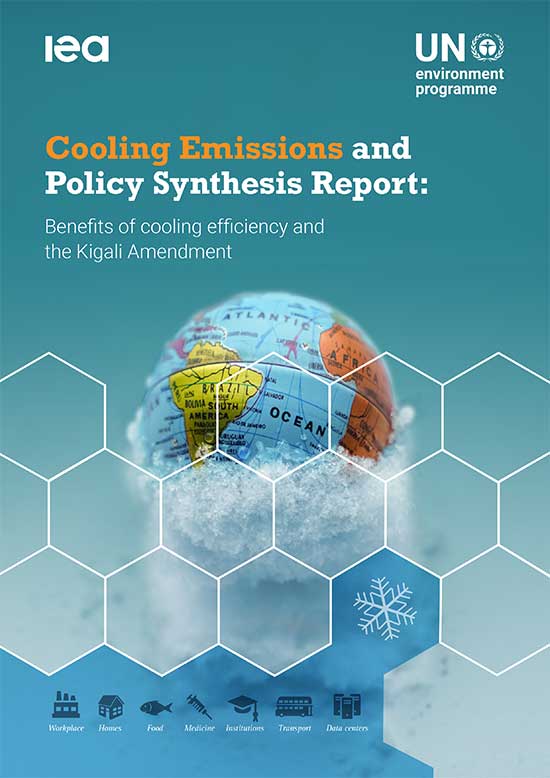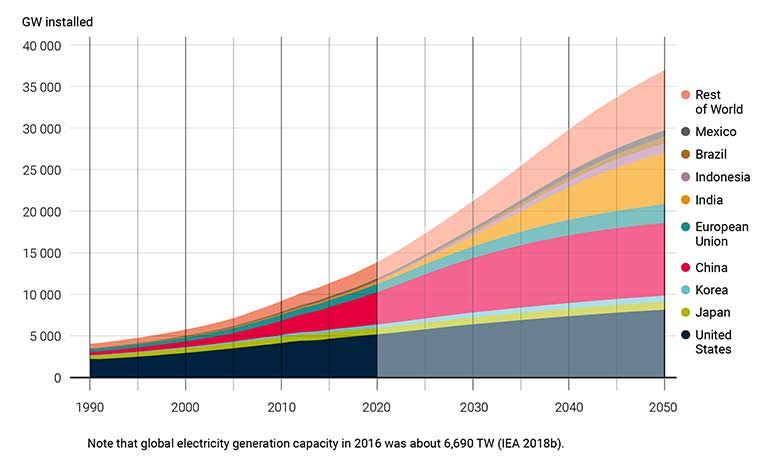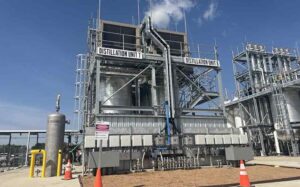Global cooling action is key to climate goals
18th July 2020KENYA: Global action on energy-efficient, climate-friendly refrigeration and air conditioning could avoid as much as 460 billion tonnes of greenhouse gas emissions over the next four decades.
That potential saving – equal to around eight years of global emissions at 2018 levels – is claimed in a new report from the United Nations Environment Programme (UNEP) and the International Energy Agency (IEA).

According to the Cooling Emissions and Policy Synthesis Report , there are an estimated 3.6 billion cooling appliances in use globally today, and that number is growing by up to 10 devices every second.
The report says that if cooling is provided to everybody who needs it – and not just those who can afford it – this would require as many as 14 billion cooling appliances by 2050.
However, it estimates that reductions of between 210 and 460 billion tonnes of CO2 equivalent emissions can be delivered over the next 40 years by improving the cooling industry’s energy efficiency and moving to climate-friendly refrigerants.
Back Kigali
It urges countries to integrate these actions into their implementation of the Kigali Amendment to the Montreal Protocol. Signatories to the Kigali Amendment have agreed to reduce the production and use of HFCs, which has the potential to avoid as much as 0.4°C of global warming by 2100 through this step alone.
“Nations must deliver massive cuts in their greenhouse gas emissions to get on track to limit global temperature rise this century to 1.5°C. This is critical to minimising the disastrous impacts of climate change,” said Inger Andersen, UNEP executive director.
“As nations invest in Covid-19 recovery, they have an opportunity to use their resources wisely to reduce climate change, protect nature and reduce risks of further pandemics. Efficient, climate-friendly cooling can help to achieve all of these goals.”
Energy saving
The IEA estimates that doubling the energy efficiency of air conditioning by 2050 would reduce the need for 1,300GW of additional electricity generation capacity to meet peak demand – the equivalent of all the coal-fired power generation capacity in China and India in 2018. Worldwide, doubling the energy efficiency of air conditioners could save up to $2.9 trillion by 2050 in reduced electricity generation, transmission and distribution costs alone.

The report highlights the essential nature of cooling to maintaining healthy communities. This is underlined by the Covid-19 pandemic, with lockdowns forcing people to stay at home for long periods of time – a health concern in many hot countries – and the eventual deployment of temperature-sensitive vaccines.
“As governments roll out massive economic stimulus packages to deal with the economic and social impacts of the Covid-19 crisis, they have a unique opportunity to accelerate progress in efficient climate-friendly cooling,” said IEA executive director Dr Fatih Birol. “Higher efficiency standards are one of the most effective tools governments have to meet energy and environmental objectives. By improving cooling efficiency, they can reduce the need for new power plants, cut emissions and save consumers money.”
Co-operation
Amongst a number of measures, the report urges international cooperation through universal ratification and implementation of the Kigali Amendment and initiatives such as the Cool Coalition and the Biarritz Pledge for Fast Action on Efficient Cooling.
It also calls for countries to implement cooling action plans to accelerate the transition to climate friendly cooling and to develop minimum energy performance standards and energy efficiency labelling.
Promotion of building codes and other considerations to reduce demand for refrigeration and mechanical cooling, is also suggested. This could include district and community cooling schemes, improved building design, green roofs, and tree shading.
The Cooling Emissions and Policy Synthesis Report can be read and downloaded here.







